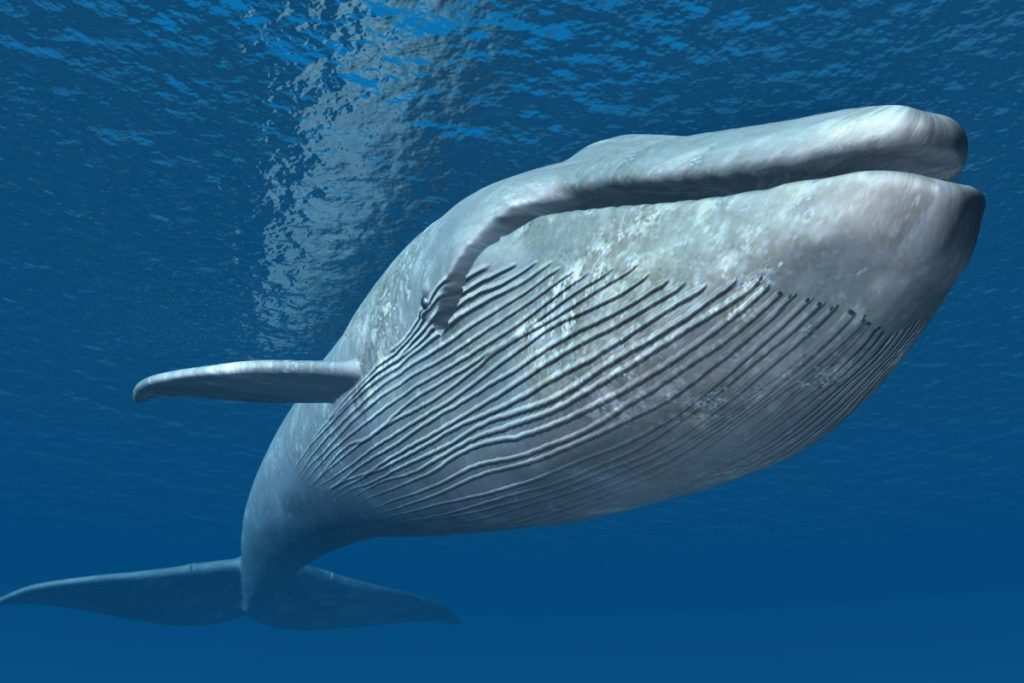Loudest animal on earth? The title alone sparks curiosity. This article delves into the fascinating world of animal vocalizations, exploring the species renowned for its earth-shattering calls and the intricate mechanisms behind its sonic prowess. We’ll examine how these sounds impact the surrounding ecosystem, the evolutionary pressures that shaped them, and the conservation challenges this remarkable creature faces.
From decibel measurements and communication strategies to the evolutionary history and human impact, we unravel the mysteries surrounding this champion of auditory power. Prepare to be amazed by the sheer volume and biological ingenuity of nature’s loudest voice.
The Loudest Animal on Earth
The title of “loudest animal on Earth” is often attributed to the sperm whale, a creature of immense size and equally impressive vocalizations. Its calls, which can reach astounding sound levels, play a crucial role in its survival and communication within the vast ocean depths. This article will delve into the intricacies of the sperm whale’s sound production, its ecological impact, and the challenges it faces in a changing world.
Identifying the Loudest Animal
The sperm whale ( Physeter macrocephalus) is generally recognized as the loudest animal on Earth. Its vocalizations, known as clicks, are produced through a complex mechanism involving the nasal passages. Air is forced through a series of specialized structures, creating the characteristic sharp, high-frequency clicks. The sound is then focused and amplified by the spermaceti organ, a large fatty structure in the whale’s head, acting as a sort of natural acoustic lens.
This enables the clicks to travel vast distances, even in the murky depths of the ocean. The sound projection is influenced by factors like water temperature, salinity, and the presence of sediment or other obstacles in the water column.
Measuring Sound Intensity
Measuring the sound intensity of sperm whale clicks requires specialized underwater hydrophones and sophisticated recording equipment. Sound intensity is typically measured in decibels (dB), specifically dB re 1 µPa (decibels relative to 1 micropascal), which is a standard unit for underwater acoustics. Higher decibel levels indicate greater sound intensity. Accurately measuring sound levels in natural environments presents significant challenges due to factors like background noise from waves, currents, and other marine life.
Researchers often employ advanced signal processing techniques to filter out extraneous noise and isolate the whale’s clicks for analysis.
The Role of Sound in Animal Communication, Loudest animal on earth
Sperm whales utilize their loud clicks primarily for echolocation – a form of biological sonar. By emitting clicks and analyzing the returning echoes, they can navigate, locate prey (such as squid), and even identify other whales. These clicks also play a role in social communication, particularly between males. Long sequences of clicks, sometimes lasting for several minutes, are thought to serve as a form of communication over long distances.
Compared to other loud animals, sperm whales utilize a much higher frequency range for their calls, better suited for long-range propagation in the water.
Evolutionary Aspects of Loud Vocalizations

Source: decibelpro.app
The evolution of loud vocalizations in sperm whales is likely driven by several factors, including the need for efficient echolocation in deep, dark waters and the necessity for communication over long distances in a vast, three-dimensional environment. Producing loud sounds, however, carries potential drawbacks. It could attract predators or alert prey to their presence. The evolutionary history of the sperm whale’s vocalizations can be summarized as follows:
- Early ancestors likely possessed simpler vocalizations for communication and echolocation in shallower waters.
- The development of the spermaceti organ significantly enhanced sound production and projection.
- Natural selection favored individuals with louder, more effective clicks, leading to the evolution of the current vocalization system.
Impact on the Ecosystem
The loud clicks of sperm whales can have a significant impact on other species in their environment. These sounds can affect prey, predators, and competitors. The table below summarizes the observed effects.
The sperm whale, renowned for its powerful clicks used for echolocation, holds the title of loudest animal on Earth. These sounds, crucial for navigation and hunting, are often tragically overshadowed by human noise pollution. For local news and information on those who have recently passed, you can check the evansville obituaries courier press , a valuable resource for community members.
Understanding the impact of human activities on these magnificent creatures is critical to their preservation.
| Organism Type | Effect of Sound | Observed Behavior |
|---|---|---|
| Squid (prey) | Detection and avoidance | Rapid escape movements |
| Other marine mammals | Communication and social interaction | Changes in vocalizations or movement patterns |
| Fish (potential prey or competitors) | Disruption of behavior | Changes in feeding or schooling patterns |
| Deep-sea invertebrates | Potential physical effects | Limited research on direct impacts |
Human Impact and Conservation

Source: worldstopinsider.com
Human activities, such as sonar use by military and commercial vessels, can interfere with sperm whale communication and navigation. These loud noises can mask the whales’ clicks, disorient them, and potentially lead to strandings. Sperm whales are currently classified as vulnerable by the IUCN, facing threats from hunting, habitat degradation, and climate change. Mitigation strategies include reducing the use of harmful sonar technologies, establishing marine protected areas, and implementing regulations to protect their habitat.
Illustrative Examples of Sound Production
The sperm whale’s loud clicks are generated through a complex interplay of anatomical structures and physiological mechanisms. The air sacs in the whale’s nasal passages act as resonating chambers, amplifying the sound produced by the contraction of muscles around these sacs. The spermaceti organ, a large, fatty structure in the head, focuses and directs the sound beam. The sound itself is characterized by its high frequency, high intensity, and short duration.
The following points highlight how anatomy contributes to loudness:
- The size and shape of the spermaceti organ act as an acoustic lens, focusing the sound.
- The muscular control of air flow through the nasal passages allows for precise modulation of click intensity and frequency.
- The bony structure of the skull provides a framework for the sound-producing mechanisms.
Epilogue
The quest to identify the loudest animal on Earth reveals not only a champion of sonic power but also a complex interplay between biology, evolution, and environmental factors. Understanding the vocalizations of this species offers crucial insights into animal communication, ecological dynamics, and the urgent need for conservation efforts to protect this remarkable creature and its habitat from the escalating pressures of human activity.
The future of this animal’s deafening calls hinges on our collective responsibility to preserve its unique place in the natural world.
